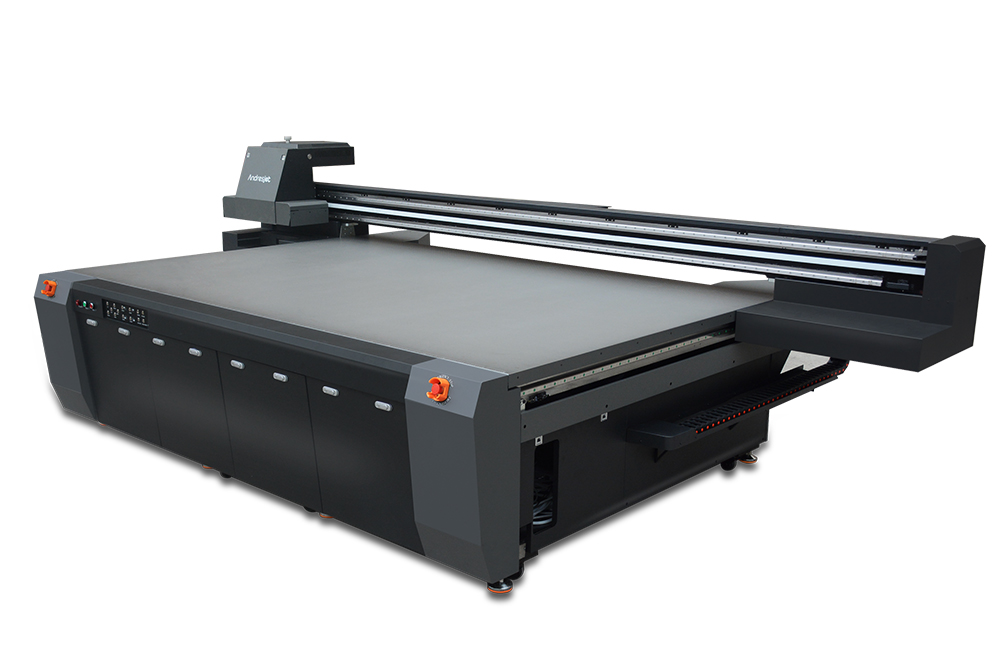How to Choose the Right UV Flatbed Printer?
How to Choose the Right UV Flatbed Printer?
In the ever-evolving world of digital printing, UV flatbed printers have become indispensable tools for businesses seeking high-quality, versatile, and durable prints on a wide range of materials. These printers utilize UV-curable inks that are instantly dried by ultraviolet light, enabling them to produce prints with exceptional color vibrancy, detail, and adhesion. However, selecting the right UV flatbed printer for your specific needs can be a daunting task, given the myriad of options available in the market. This comprehensive guide aims to simplify the process by outlining key factors to consider when making your choice.

**1. Understand Your Printing Needs
Before diving into the technical specifications, it’s crucial to have a clear understanding of your printing requirements. Consider the following:
Type of Materials: Determine the primary surfaces you intend to print on, such as glass, wood, metal, plastic, or fabric. Some printers excel at printing on rigid materials while others are more suited for flexible substrates.
Print Size: Assess the maximum print dimensions you’ll need. UV flatbed printers come in various sizes, from small desktop models to large industrial printers capable of handling sheets several meters wide.
Print Volume: Estimate your anticipated monthly or annual print volume. High-volume printing demands a robust machine with efficient ink management and minimal downtime.
Resolution and Quality: Decide on the level of detail and color accuracy required for your prints. Higher resolution printers (e.g., those offering 1200×1200 DPI or more) are ideal for applications demanding fine detail and vivid colors.
**2. Evaluate Technical Specifications
With your basic needs identified, it’s time to delve into the technical aspects of UV flatbed printers. Key specifications to consider include:
Print Speed: Faster printers can significantly increase productivity, but they may also compromise on print quality or ink curing efficiency. Balance speed with quality based on your specific requirements.
Ink System: Look for printers with UV-curable inks that offer good adhesion, durability, and a wide color gamut. Some printers also allow for white ink printing, which is essential for achieving vibrant colors on transparent or dark materials.
Curing System: The efficiency of the UV curing system impacts ink drying time and overall print quality. LED-based curing systems are generally more energy-efficient and provide better control over the curing process compared to traditional mercury-based systems.
Software Compatibility: Ensure the printer is compatible with your design software and supports file formats you commonly use. Advanced printers may offer RIP (Raster Image Processor) software for enhanced color management and print optimization.
Connectivity Options: Consider whether you need USB, Ethernet, or Wi-Fi connectivity, and if the printer supports remote monitoring or control.
**3. Assess Build Quality and Reliability
Investing in a UV flatbed printer is a significant financial decision, so it’s crucial to consider the build quality and long-term reliability of the machine:
Manufacturer’s Reputation: Research the manufacturer’s history, customer reviews, and after-sales support. Established brands with a proven track record are often a safer bet.
Warranty and Service: Check the warranty period and what it covers. A longer warranty and access to reliable customer service can save you from costly repairs and downtime.
Maintenance Requirements: Understand the routine maintenance tasks and the availability of replacement parts. Easy-to-maintain printers with widely available consumables are preferable.
**4. Consider Cost and ROI
While cost should not be the sole determining factor, it’s essential to evaluate the printer’s price against its potential return on investment (ROI):
Initial Investment: Compare prices from different manufacturers, considering the printer’s specifications, features, and included accessories.
Operating Costs: Estimate the ongoing costs, including ink, maintenance, and energy consumption. Lower ink consumption rates and energy-efficient printers can significantly reduce long-term expenses.
ROI Calculation: Based on your print volume and pricing strategy, calculate how long it will take for the printer to pay for itself through increased revenue or cost savings.
**5. Test and Demo
Before making a final decision, try to arrange for a test print or a demo of the printer in action. This hands-on experience will give you a better feel for the printer’s capabilities and whether it meets your expectations.
Print Samples: Request print samples from the manufacturer or find user-generated samples online to assess print quality and ink adhesion.
On-Site Demo: If possible, arrange for an on-site demo to see the printer in operation and ask any lingering questions directly to the sales representative or technician.
Conclusion
Choosing the right UV flatbed printer is a multifaceted decision that requires careful consideration of your unique printing needs, technical specifications, build quality, cost, and potential ROI. By following this guide and conducting thorough research, you can narrow down your options and select a printer that aligns perfectly with your business goals and budget. Remember, investing in a high-quality UV flatbed printer is not just about acquiring equipment; it’s about enhancing your printing capabilities and expanding your business opportunities in the competitive digital printing market.
